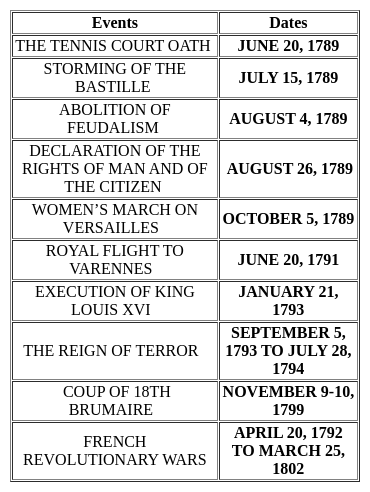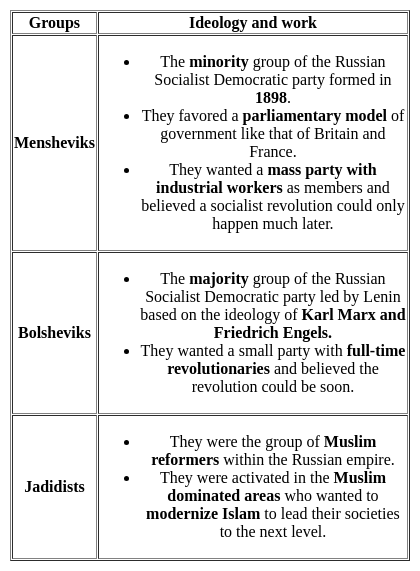Software Development Exam > Software Development Tests > Test: World History - Software Development MCQ
Test: World History - Software Development MCQ
Test Description
10 Questions MCQ Test - Test: World History
Test: World History for Software Development 2025 is part of Software Development preparation. The Test: World History questions and answers have been prepared
according to the Software Development exam syllabus.The Test: World History MCQs are made for Software Development 2025 Exam.
Find important definitions, questions, notes, meanings, examples, exercises, MCQs and online tests for Test: World History below.
Solutions of Test: World History questions in English are available as part of our course for Software Development & Test: World History solutions in
Hindi for Software Development course.
Download more important topics, notes, lectures and mock test series for Software Development Exam by signing up for free. Attempt Test: World History | 10 questions in 20 minutes | Mock test for Software Development preparation | Free important questions MCQ to study for Software Development Exam | Download free PDF with solutions
Detailed Solution for Test: World History - Question 1
Test: World History - Question 2
Which of the following country remained the major producer of printed material for a long time?
Detailed Solution for Test: World History - Question 2
Test: World History - Question 3
In September 1940, a Tripartite Pact was signed between which of the following countries?
Detailed Solution for Test: World History - Question 3
Detailed Solution for Test: World History - Question 4
Detailed Solution for Test: World History - Question 5
Detailed Solution for Test: World History - Question 6
Detailed Solution for Test: World History - Question 7
Test: World History - Question 8
Who among the following leader is associated with April Theses?
Detailed Solution for Test: World History - Question 8
Test: World History - Question 9
Arrange the following events of the French Revolution in chronological order and choose the right answer :
(a) Fall of Bastille
(b) Formation of National Assembly
(c) Establishment of the French Republic
(d) Declaration of the Rights of man
Detailed Solution for Test: World History - Question 9
Test: World History - Question 10
Name the majority group of the Russian Social Democratic Workers Party led by Lenin?
Detailed Solution for Test: World History - Question 10
Information about Test: World History Page
In this test you can find the Exam questions for Test: World History solved & explained in the simplest way possible.
Besides giving Questions and answers for Test: World History, EduRev gives you an ample number of Online tests for practice
Download as PDF




















